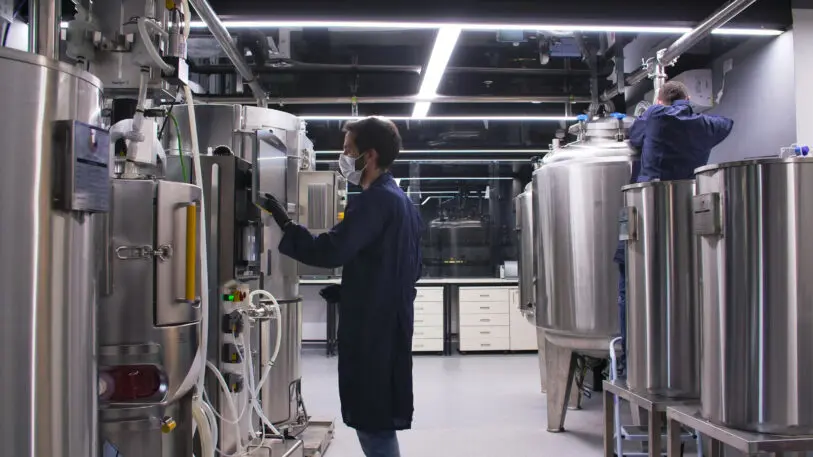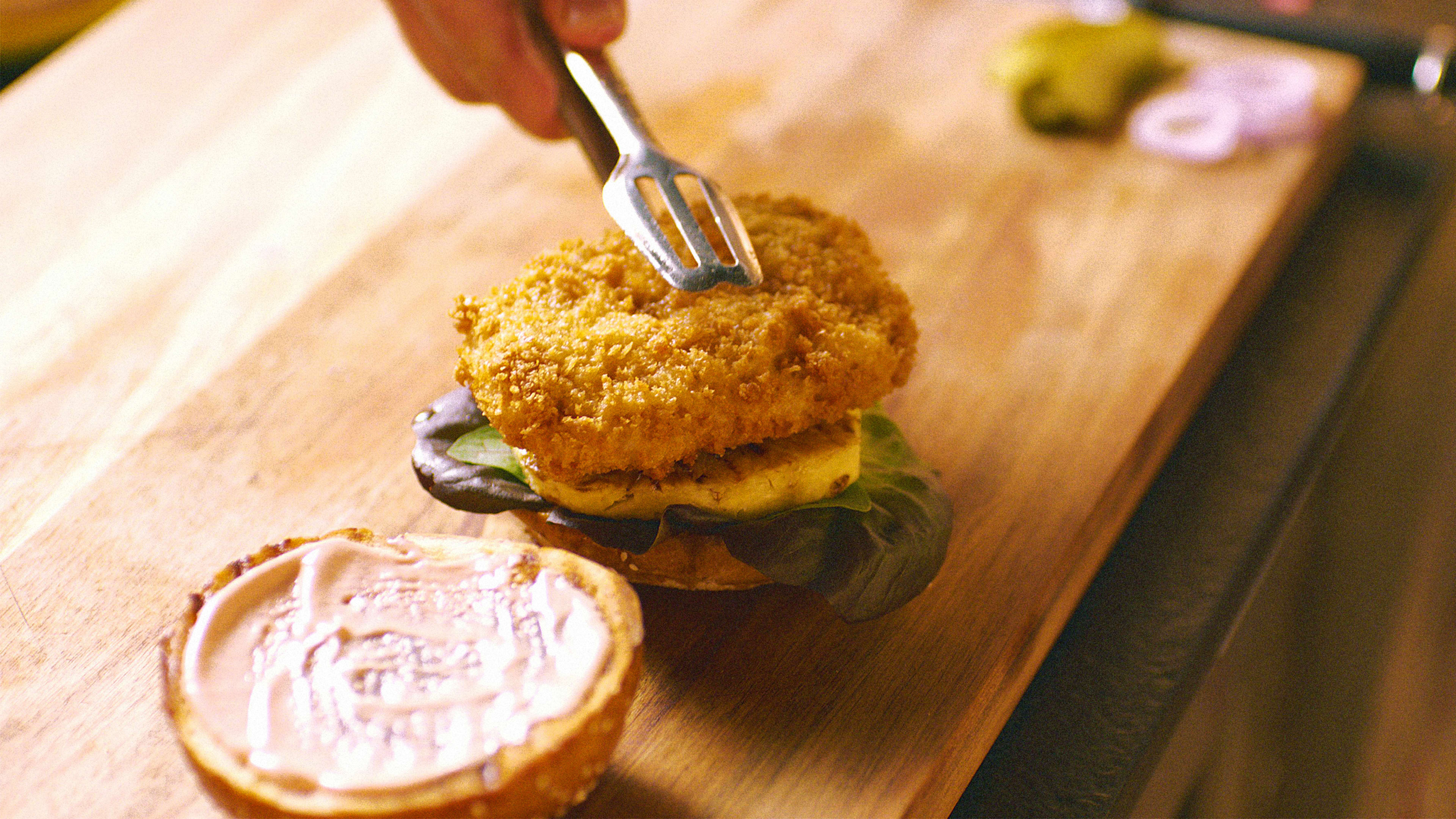At a new restaurant in Tel Aviv called The Chicken, the chicken on the menu is grown from cells in a bioreactor in an adjacent pilot plant visible through a glass window. Diners don’t pay for their meals; instead, SuperMeat, the startup making the “cultured chicken” meat, is asking for feedback on its products, as it prepares for large-scale production of food that it thinks can transform the industry.
The main item on the menu, the Chicken Burger—a crispy cultured chicken fillet served on a brioche bun with toppings—looks and tastes like conventionally-produced chicken. “The burger has a juicy chicken flavor, crispy on the outside and tender on the inside,” says Ido Savir, CEO of the startup. “Feedback from multiple tasting panels was consistent that it was indistinguishable from conventionally manufactured chicken, and simply a great-tasting chicken burger.”


If it becomes widespread, cellular agriculture could have several advantages over traditional animal agriculture. Instead of having chickens stuffed in overcrowded buildings—a scenario that’s cruel to chickens, leads to the overuse of antibiotics, and could lead to the next deadly pandemic by spreading a virus from animals to humans—no chickens would be involved at all.
The process is far faster and more efficient than raising animals. “Once the desired animal mass is achieved, it allows harvesting approximately half the meat every day,” says Savir. “It is metaphorically the equivalent of having a farm of 1,000 mature chickens, and harvesting 500 mature chickens out of that farm every day endlessly.” The “meat” is produced directly, without the intervening step of slaughtering and butchering. Done right, with renewable energy, the process can also cut the environmental footprint of meat, since it uses fewer resources.
The food doesn’t yet have regulatory approval, as governments are still developing frameworks to deal with the new category of cultured meat. (In the U.S., the USDA and FDA are working together on how to regulate the products.) But the company is able to serve the meat to get feedback while it’s still in development. Within one to two years, it hopes to launch in restaurants. In five years, it plans to launch commercial-scale plants, and it expects to reach cost parity with traditional meat shortly afterward.
Recognize your brand’s excellence by applying to this year’s Brands That Matter Awards before the early-rate deadline, May 3.
